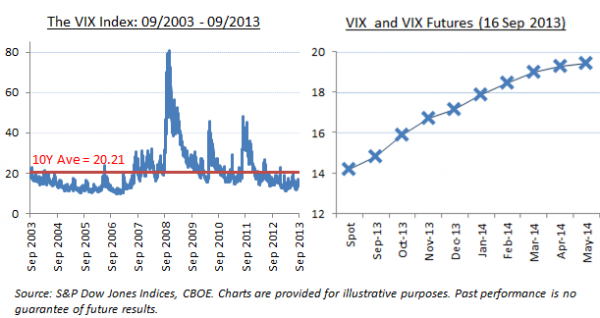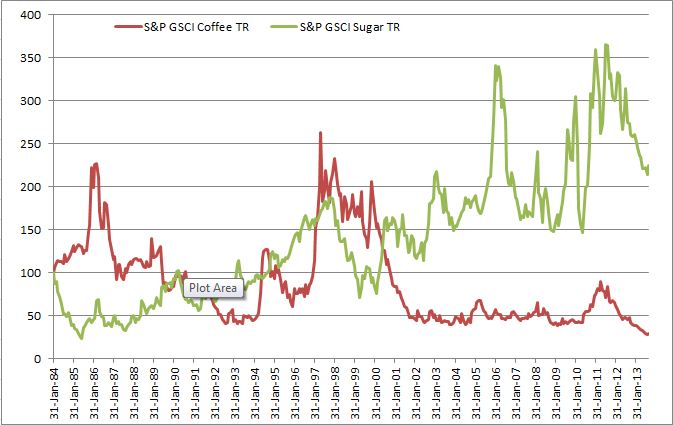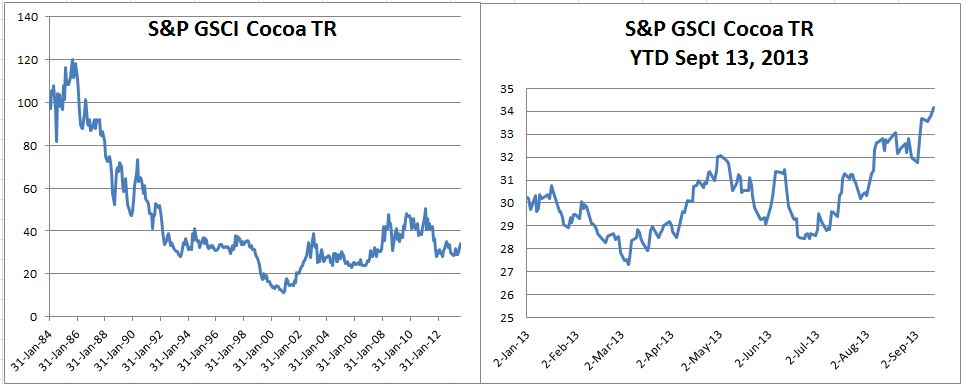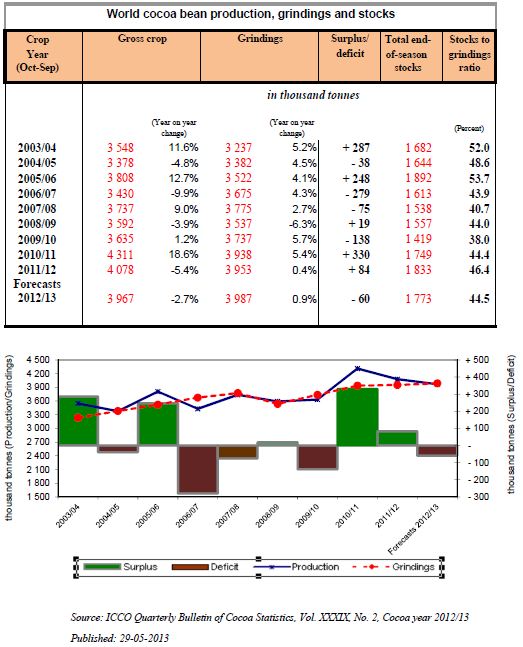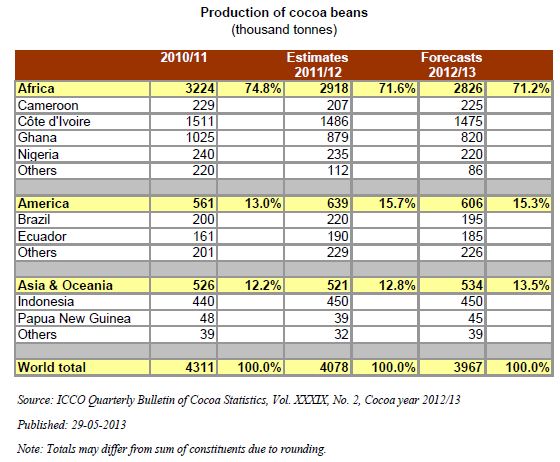Please click here to register for our live-streaming of S&P Dow Jones Indices half-day complimentary seminar which has become Europe’s annual meeting point for commodity aficionados in less than a decade.
It is the perfect opportunity for all who can’t attend in-person to join us and other leading industry professionals for an afternoon of education and interactive sessions. Take a front row seat to walk away with valuable insights into current trends and issues under the umbrella of who’s complaining, who’s hedging, who’s speculating, who’s to blame and finally, where do I go?
Our speakers will examine:
– What causes spikes in commodity prices and how regulation is impacting commodity investment in modern market times.
– Perspectives on what the speculators are doing versus who are the hedgers, and why the lines might not be so clear.
– What incidental factors are tipping the market and the limitations for producers and consumers?
– What’s driving the world’s demand economy today and where it might be heading.
– The latest techniques in managing commodity index exposures in potentially uncertain times.




